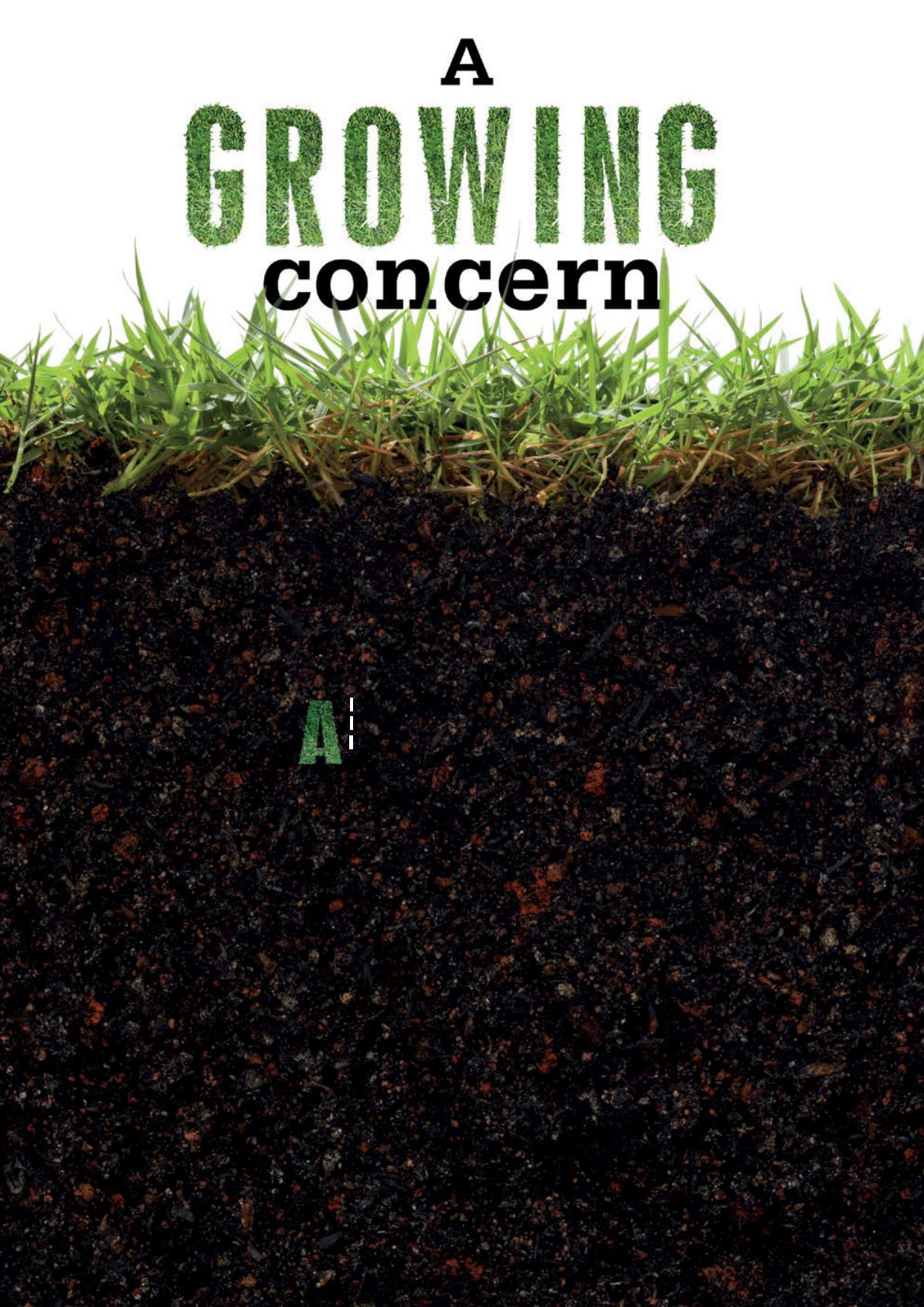
Norman J. Moriber, P.E., Mears
Group, Inc., USA, documents the best
practices for estimating corrosion
growth rates associated with exposure
to specific soil resistivity ranges.
n important consideration in any pipeline integrity
management plan is the estimation of external
corrosion growth rates.
Soil resistivity is the most commonly used indicator
of the environment’s ability to support the electrochemical
reactions that are a part of all corrosion mechanisms. Other
factors and corrosion mechanisms that can affect the corrosion
rate in a soil environment may include, but are not necessarily
limited to, the following:
)
Microbiologically influenced corrosion (MIC).
)
Elevated temperatures.
)
Stray current.
)
AC corrosion.
)
Acidity (low pH).
)
Structure configuration (e.g., crevice corrosion).
)
Simple stresses.
)
Oxygen or other chemical concentrations.
)
Long line galvanic cells.
)
Underdeposit corrosion.
)
Stress corrosion cracking (SCC).
113


